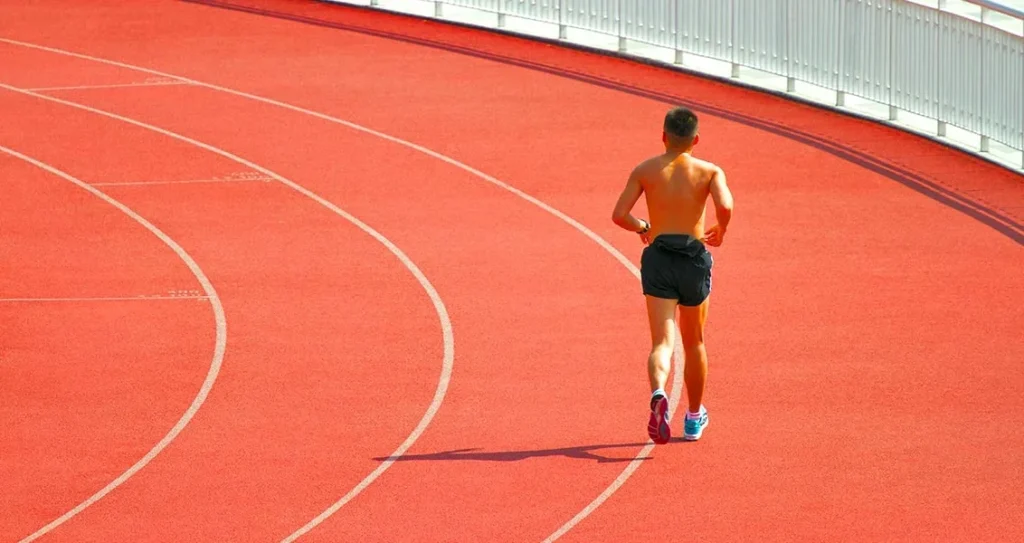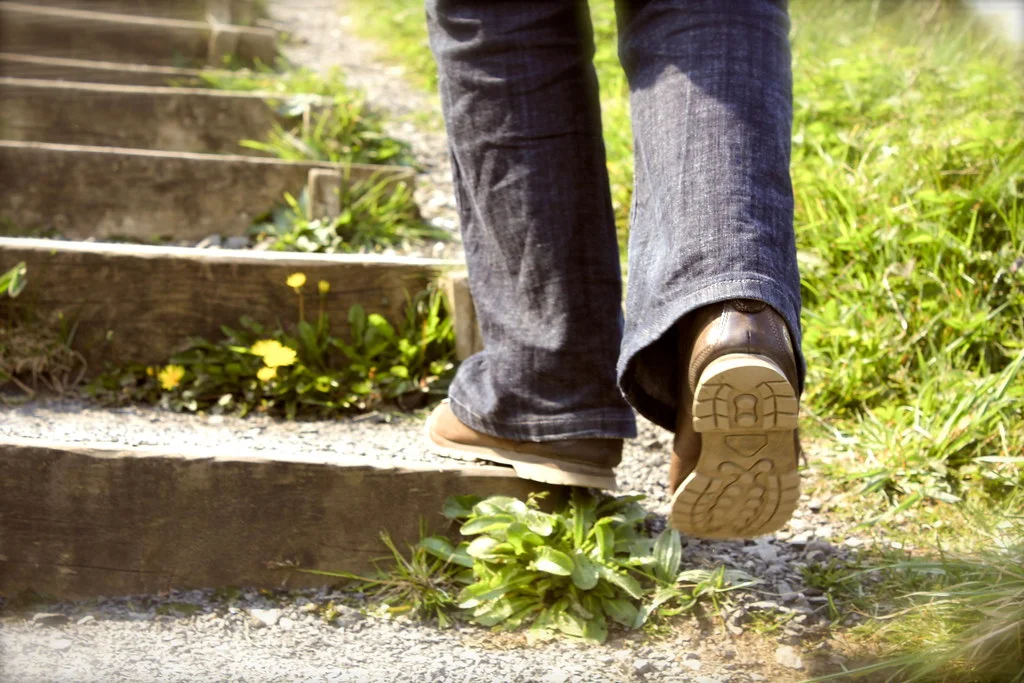
What is ITB pain:
ITB pain, frequently referred to as ITB syndrome, is one of the conditions that causes lateral knee
pain (pain on the outside of the knee). It typically presents as sharp or hot pain at, or very close to a
bump of bone known as the lateral epicondyle of the femur.

Iliotibial band function and anatomy:
The ITB is a fibrous sheath than runs down the outside of the thigh, starting from side of the pelvis
all the way down to the outside side of the knee joint. The ITB serves two main functions:
1) Provide stability to the hip and knee joints
2) Works to improve the efficiency of walking and running but
storing and releasing energy during movement.
What causes ITB pain?
ITB pain is caused by improper management of training loads- when the loads exceed the tissue’s
capacity. This is usually in the form of a rapid increase in frequency, intensity and/or duration.
Common examples include taking time off running for several weeks and then returning back to
previous training loads or training too hard too often and too soon in preparation for your first
marathon. It is thought that the repetitive compression at the site where the ITB inserts onto the
side of the knee causes pain and irritation.
Who gets ITB pain?
Athletes and active individuals of all sorts may suffer from ITB pain, though it is particularly common in
runners. In runners, it is the second most common source of knee pain and the most common
cause of lateral knee pain (pain on the outside of the knee). ITB pain can also affect those that have
recently undergone total knee replacements- a sensitive and vulnerable knee, typically in an older
individual, that has been loaded too much too soon after surgery.
Rehabilitation of ITB pain in a running athlete
Rehabilitation of ITB pain can be simplified into 2 main phases

- Pain dominant phase
This phase is defined as when an individual is not able to descend stairs pain free. Management
here will revolve around modifying activities to decrease irritation but also maintaining an
appropriate level of activity as to not sacrifice exercise capacity. - Load dominant phase
This strengthening phase begins when an individual is able to descend stairs pain free. This phase
is further divided into several progressions from heavy slow resistance training and treadmill
walking up until the point of gradual return to running/sport. Changes to running technique,
where appropriate is also made during this phase.
Here are some tips to successfully rehabilitate ITB pain
- Take your time when increasing loads- the body takes time to adapt and increase its work
capacity - Stay active and maintain your physical activity levels as much as possible- completely resting
the injury will only result in a loss of capacity and a lengthier rehabilitation/rehabilitation to
safely return to previous levels of running/sport without repeating the same injury - Avoid unproductive and outdated treatment strategies such as foam rolling and attempting
to stretch the ITB - Listen to your body- if your pain is worse after exercise and/or worse the day after exercise,
you are doing too much too soon and need to dial things back a notch.
If you need help with ITB pain, reach out to our qualified physiotherapists through the booking link on our website.

